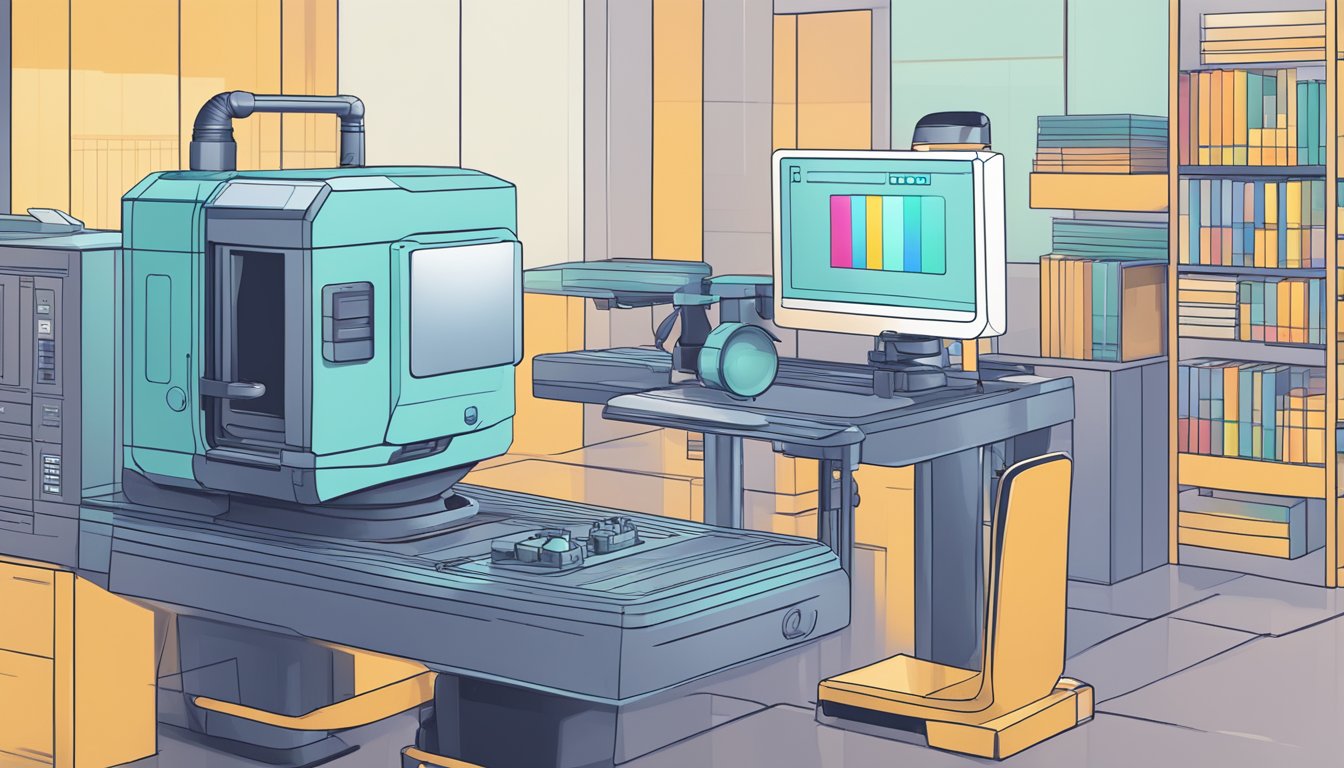With the increasing prevalence of AI-generated text, it has become essential to identify content created by ChatGPT and similar language models, such as GPT-3 and GPT-4. Checking the authenticity of written content ensures that we maintain human creativity and originality in writing while establishing increased trust in the information we consume. This article delves into the world of ChatGPT detectors to help you find the best tool for identifying AI-generated content across various platforms and purposes.
There’s a growing range of tools available for detecting content generated by AI language models like ChatGPT, GPT-3, GPT-4, and others. Some of these tools have demonstrated remarkable accuracy in identifying AI-generated content, including GPTZero and ZeroGPT. Organizations like OpenAI, the developer of GPT-3.5, have also come up with their own AI Text Classifier to assess the authenticity of a text right at its origin.
On This Page
Key Takeaways
- The article discusses the importance of identifying AI-generated content from ChatGPT and similar language models.
- Several tools like GPTZero, ZeroGPT, and OpenAI’s AI Text Classifier can effectively detect AI-generated writing.
- The overview covers both the benefits and limitations of using AI checkers for maintaining authenticity in written content.
Exploring AI ChatGPT Detection Tools
Understanding Detection Mechanisms
ChatGPT recognition tools use advanced natural language processing and artificial intelligence techniques to analyze and, where possible, identify AI-generated content. They are particularly useful in distinguishing between texts written by humans and those generated by AI machines such as ChatGPT, GPT-4 and Claude. Recognition mechanisms in the industry typically rely on factors such as probable word choice, perplexity, sentence structure and semantic analysis algorithms. It can also be helpful to analyze minor spelling mistakes. Because even these are not built in by an AI.
Detecting AI-Generated Content
While AI-generated content sometimes appears convincingly human, certain patterns and inconsistencies often betray the machine-generated nature of the text. Recognition tools such as Content at Scale’s AI Detector and Scribbr’s AI Detector achieve a hit rate of up to 98%. They do this by examining the text sentence by sentence, assigning probability values and using advanced semantic analysis techniques. Some AI content detectors even offer additional features, such as plagiarism detection, to ensure the authenticity and originality of the written material. All in all, already very good, but not yet at 100% reliability.
Comparing Different Tools
There are numerous options for recognizing AI ChatGPT. They differ in terms of accuracy, user-friendliness and functions. The most popular tools on the market include the following:
- GPTZero: Detects ChatGPT, GPT-4, Bard, Claude, and more, using a 7-component AI detection model.
- Nerds Chalk: Covers a comprehensive list of free and paid AI detection tools for analyzing ChatGPT-generated content.
- Writer AI Content Detector: Provides seamless integration with the Writer AI platform for robust AI content detection.
- ZeroGPT: Offers an easy-to-use Chrome extension for detecting and watermarking AI-generated texts.
These tools may vary in capabilities, supported engines, and potential for integration into custom workflows. In addition to considering accuracy and features, it’s crucial to examine browser extensions, APIs, reviews, and compatibility with current writing processes when evaluating potential tools to adopt.
Significance and Limitations of AI Checkers
AI content detectors such as ChatGPT Checker play a crucial role in maintaining the integrity of written content in various fields, including education and science. By analyzing the text for patterns and linguistic features specific to AI-generated content, these detectors are already quite good at helping to distinguish between human-written work and AI-generated content. With varying degrees of accuracy, these AI checkers are extremely useful tools in the AI jungle.
Role in Education and Academics
AI detectors contribute significantly to the domain of education and academics, where they serve several functions:
- Preventing plagiarism: AI checkers are frequently employed alongside traditional plagiarism checkers to identify and prevent the use of AI-generated content in student work.
- Maintaining academic integrity: As educators strive to maintain the highest level of academic integrity, assessment of student work becomes increasingly important. AI detectors are an essential part of this assessment process.
- LLMs and Llama: The use of AI checkers alongside Learning and Language Models (LLMs), such as the Llama AI engine, ensures that the content submitted by students is legitimate and original.
- Educator tools: For educators, these checkers provide a reliable means to test the authenticity of student work and offer useful suggestions on how to improve it.
However, AI detectors have limitations as well:
- Accuracy rate: Not every AI detector is perfect, and some may have a lower accuracy rate in identifying AI-generated content, which could lead to false negatives or false positives.
- Challenges for students: The increasing sophistication of AI-generated content and the proliferation of AI-use for tasks such as FAQs and academic projects can make it difficult for students to differentiate between human-written and AI-generated content.
While AI checkers serve an essential role in education and academics, it is important to recognize their limitations. It is essential for both educators and students to remain vigilant as new AI engines and content generators emerge. In an enterprise setting, other solutions may be required to guarantee content quality and authenticity. AI content detectors, when used alongside other tools and methods, can help uphold and preserve academic integrity within the education community.


